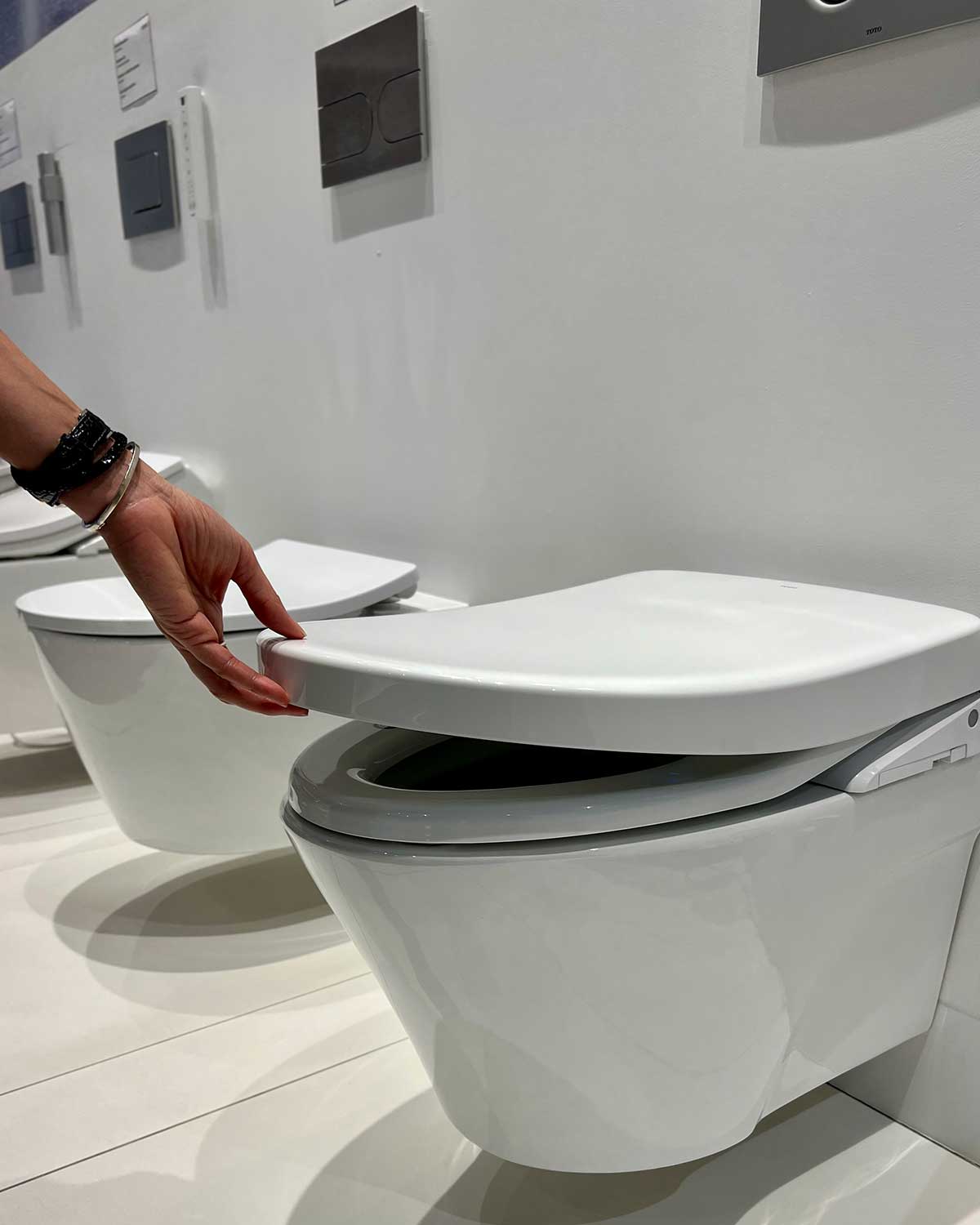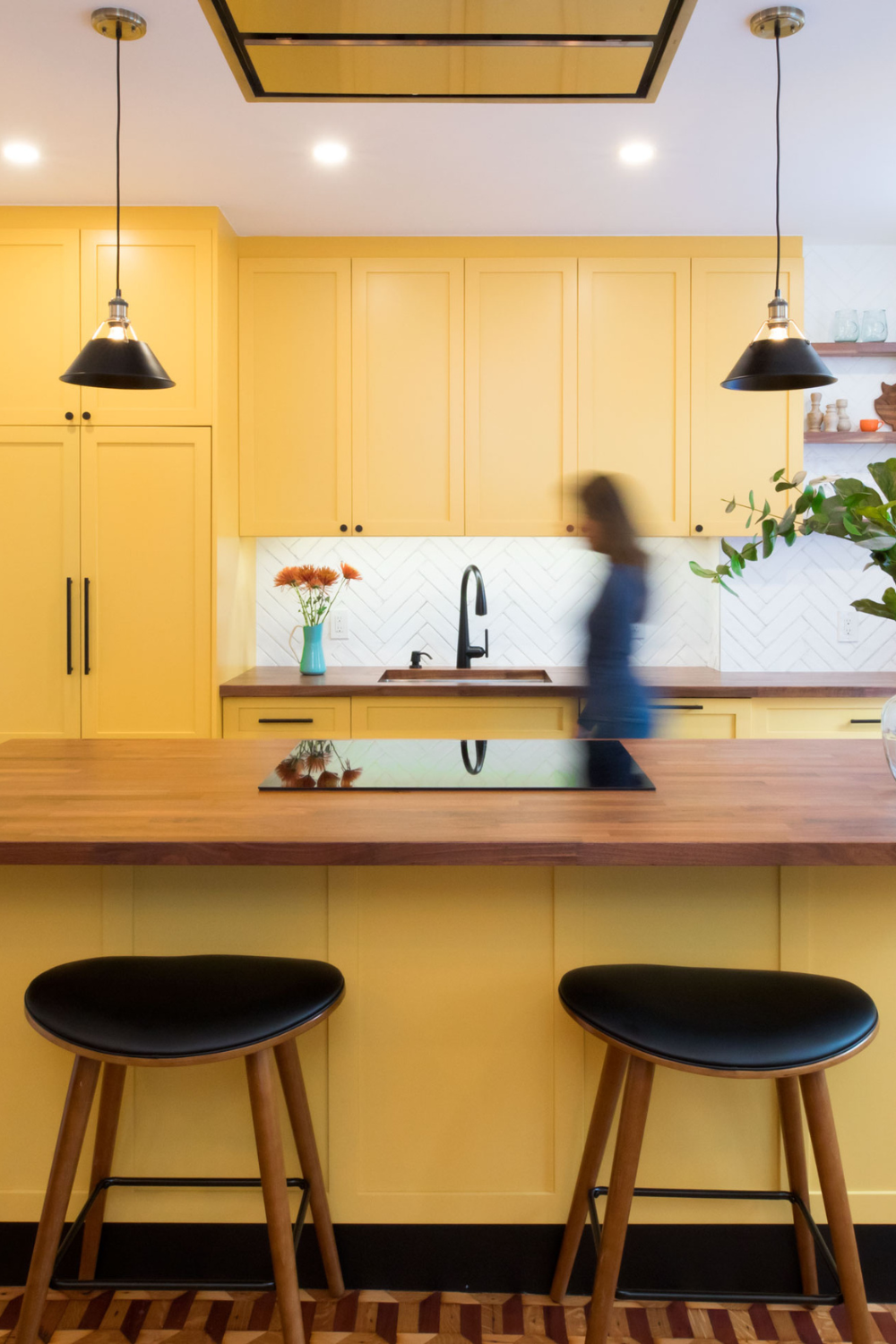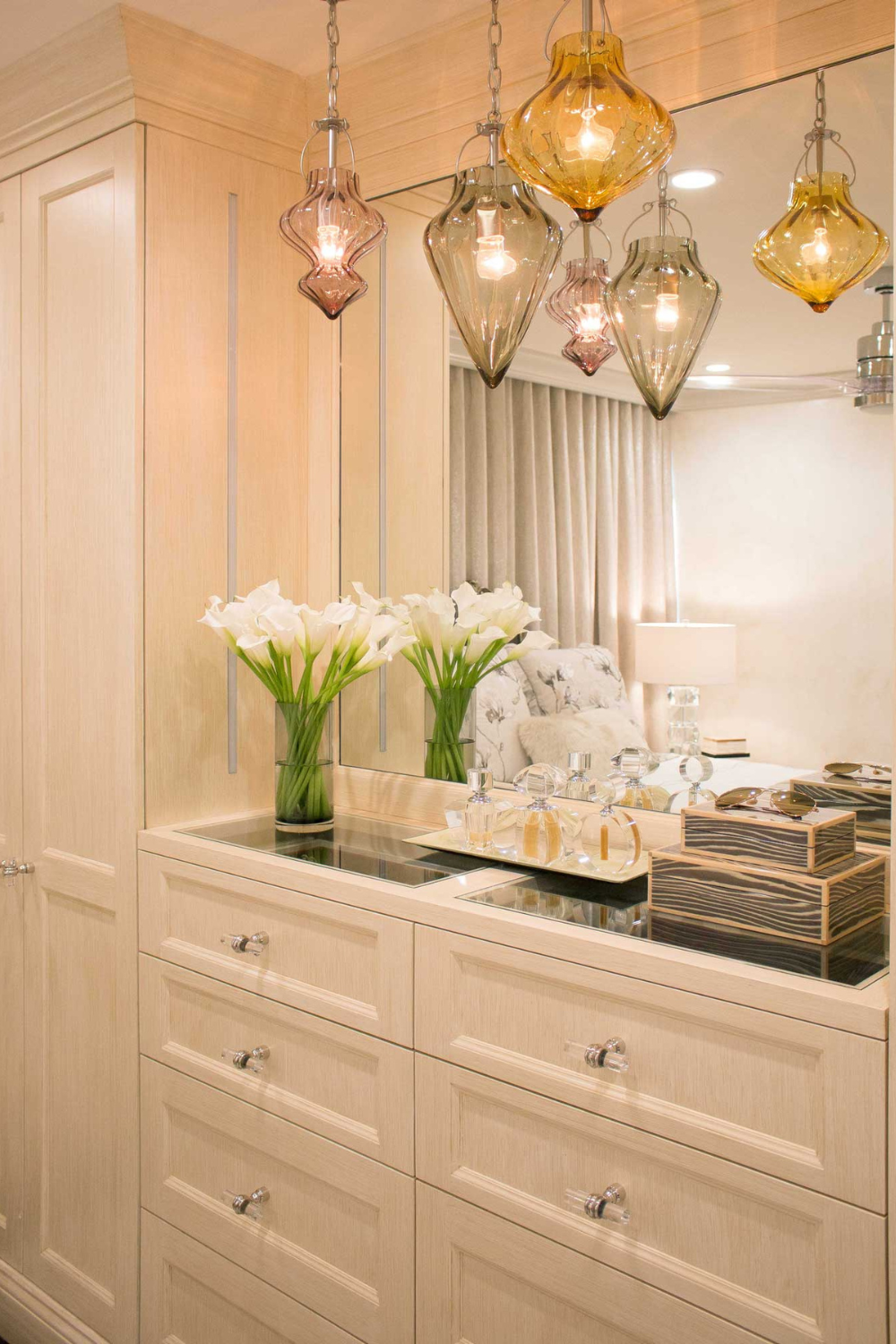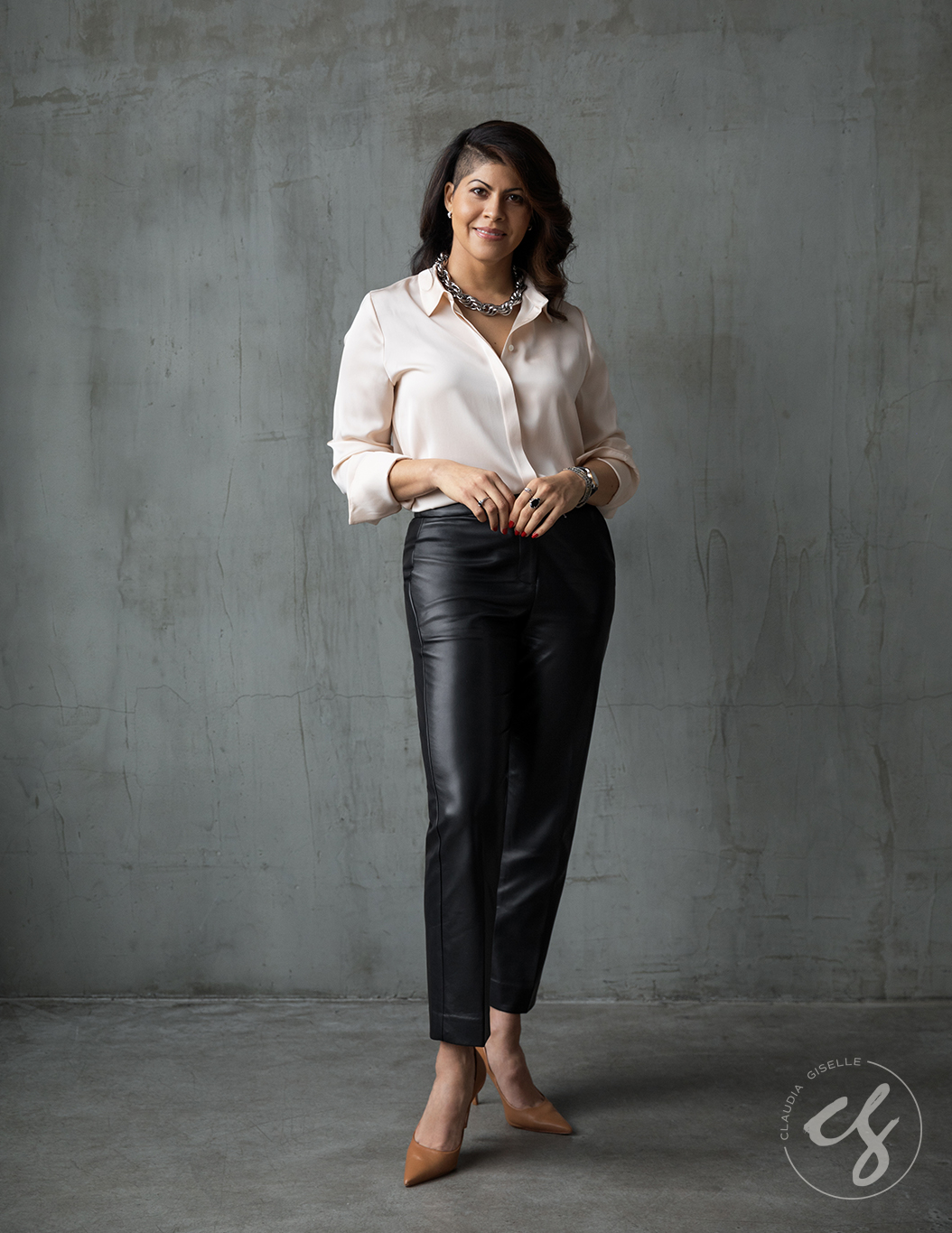
With Earth Day coming up on April 22, we’re turning our focus to the environmental and ethical concerns that arise with renovation and construction. Sustainable interior design is a subject that could easily fill a book, but my aim is to provide a broad overview to inspire and guide you. While integrating an ethical approach into a major renovation might initially seem like an added burden, this extra effort can ultimately enhance your project, making it more rewarding and fulfilling.
Building green
You are likely familiar with LEED certification, a global accreditation standard for recognizing structures that have been built in an environmentally sustainable manner. WELL certification focuses on the health and wellbeing of the people using the building (air quality, for example). There is some inevitable overlap, but the goals are slightly different.
These official measures of sustainability arise during our commercial jobs, but I don’t often come upon homeowners who know about them in any detail, or put an emphasis on sustainability. It’s not that they don’t care; it’s simply not the norm currently in residential design. However, there is no reason a home cannot aspire to the sort of standards that would qualify for LEED or WELL certification (whether or not it’s official.)

Materials Matter
The materials you choose make a difference, and it’s not always the ones you think. For example, bamboo is a strong and fast growing material, and it is highly renewable. However, if you’re sourcing it from Asia and you live in the United States, there is an added carbon footprint from the fuel used to ship it. Wood is beautiful, reusable and biodegradable, but some woods are endangered. Even plentiful species, and their forests, still need to be managed with care. Does this mean you shouldn’t use bamboo or wood? Of course not. But it pays to do your research and weigh all factors. Even though you can’t reduce your footprint to nothing, you can still consume thoughtfully and with open eyes.
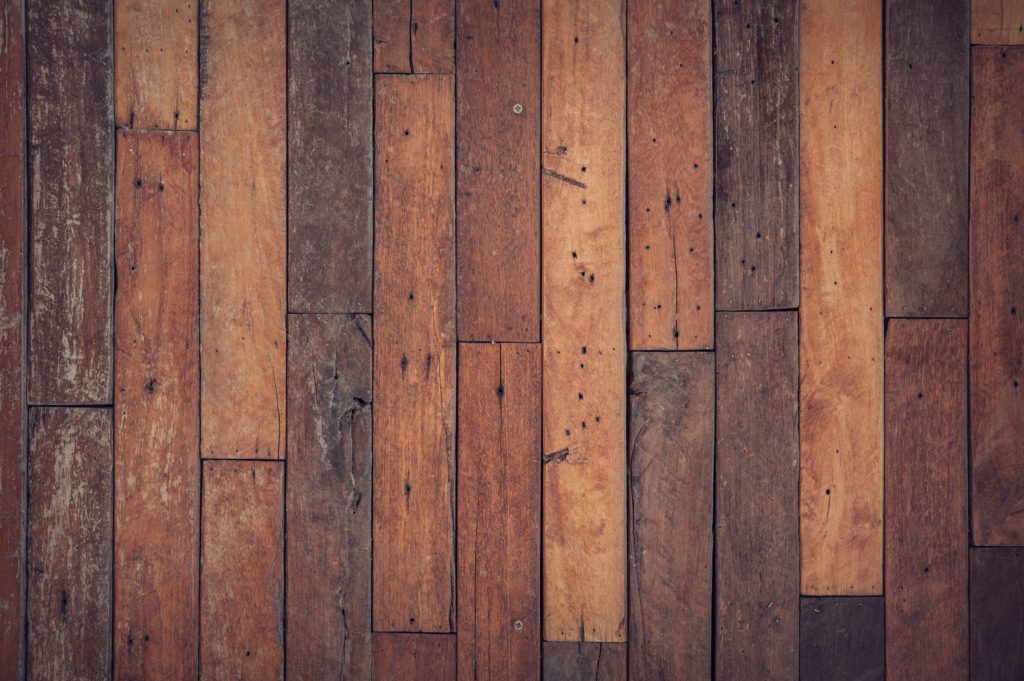
The goal ideally is to reduce negative impact and emphasize good practice. We love incorporating reclaimed wood in all of our projects because it brings an aspect of sustainability, as well infusing soul into the space. One of our favorite companies has been The Hudson Company, local to New York’s Hudson Valley.
This is just one example of a very common material choice. Wood will inevitably play a role in your construction, and not just the visible parts of your home. Whether you’re using reclaimed wood for detail work, or loading up on two by fours for foundational structure, you are making decisions all the time. When faced with an option to use one material over another, simply analyze that choice, asking yourself if it is the best and most necessary solution.
Do what you can — it makes a difference
The takeaway here is that all construction has some environmental impact, and you cannot expect otherwise. But taking time to choose materials, and to source locally when possible, will not only sooth your conscience, but will infuse tremendous meaning into your new home. A labor of love will always resonate more than simply taking the cheapest or easiest path of least resistance.
As a consumer you have so much power, and your choices make a difference. When I have a client looking to apply these ideas, it truly enriches the project because they’re not just making a difference in their home, their decisions have impact globally. Choosing even one item, like a sofa, that meets a higher ethical standard makes a difference.
In the next post, I’ll continue the discussion of materials. After all, this doesn’t just come down to choosing wood or bamboo. There will be many options in your design project. Stay tuned!
RELATED POSTS
As an Amazon Associate, this site may contains affiliate links and I can earn from qualifying purchases at no cost to you. View disclosure for more information.
I'm Claudia. Welcome to my Interior Design blog! I'm thrilled to share my expertise and passion with you. With over 20 years in the industry, I'm a Certified Interior Designer, holding an NCIDQ Certification, and an educator. Interior Design isn't just my career—it's my passion. Dive in to explore more about me. Click here to learn more!
Hi Friend!
Stay inspired—join our design community by subscribing to the blog today.
subscribe now
Other Posts You Might Like
©2025 Claudia Giselle Design | Interior Designer | Brooklyn, New York
Legal
BACK TO TOP
Testimonials
718-255-5949
Press
office@claudiagiselle.com
MENU
We create thoughtful, personalized interiors for those who value quality and beauty in every detail — serving NYC, Manhattan, Brooklyn, Long Island, the Hamptons, and the Hudson Valley (including Westchester and Dutchess County) & Beyond.
Timeless Classicism with a
Bold Touch of Elegance
Home
Services
Process
About
Blog
Portfolio
Scheudule a Consultation
GET IN TOUCH
Contact
